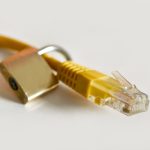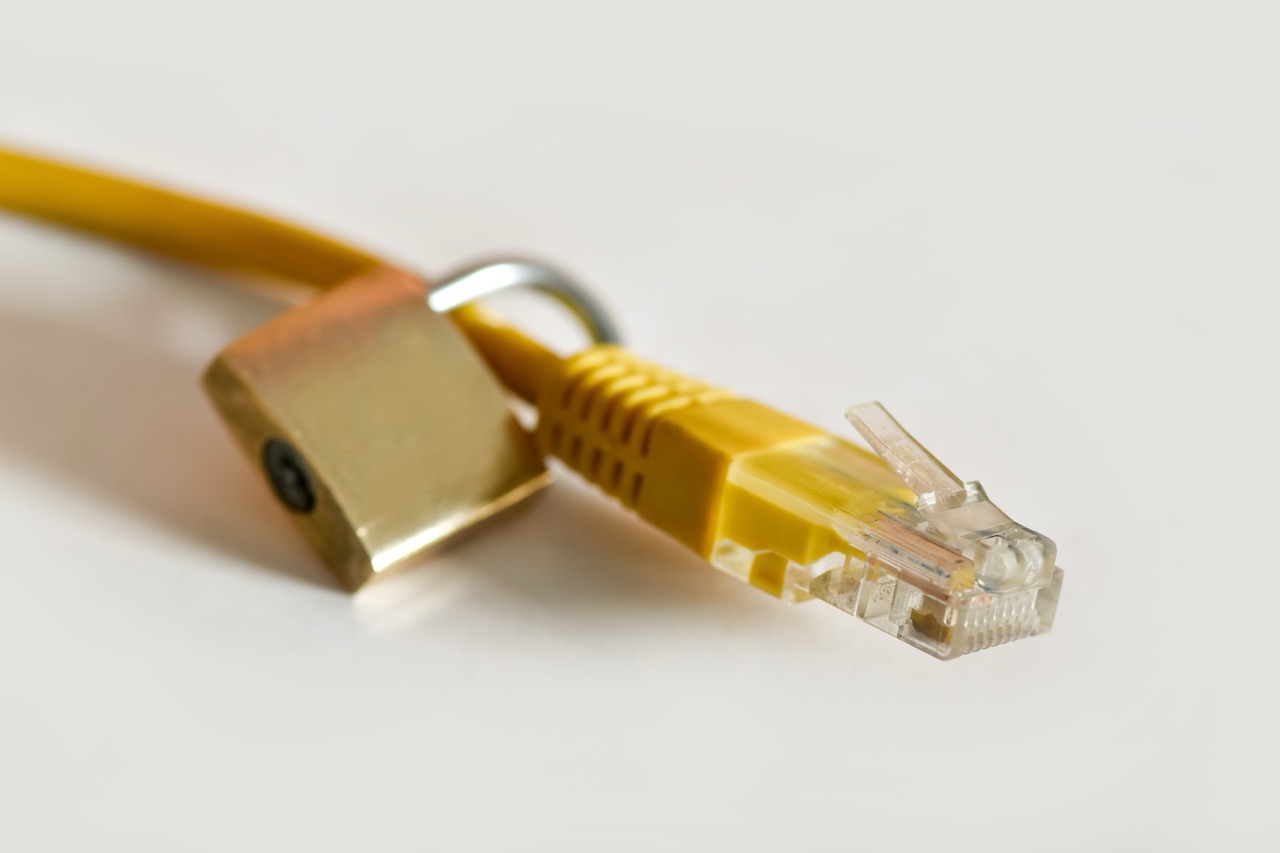Surfshark is a popular Virtual Private Network (VPN) service known for its robust security features, user-friendly interface, and compatibility across a variety of devices. One of the lesser-known capabilities of Surfshark is the ability to share its VPN connection with multiple devices. This feature can be particularly beneficial in scenarios where multiple users want to maintain their privacy and security online. In this article, we will explore how to effectively share a Surfshark VPN connection, providing a comprehensive guide to setup, configuration, and troubleshooting.
Understanding Surfshark VPN and Its Connection Sharing Options
Surfshark VPN is designed to provide users with encrypted internet access and the ability to bypass geographic restrictions on content. Connection sharing, also referred to as VPN tethering, allows users to extend their VPN protection to other devices, such as smartphones, tablets, or laptops. Surfshark supports connection sharing through various methods, including Wi-Fi hotspots, Ethernet connections, and even mobile data.
When sharing a Surfshark VPN connection, it is essential to understand the different platforms and operating systems that can facilitate this. For instance, Windows and macOS offer built-in functionalities for sharing a VPN connection, while Android and iOS devices may require additional configurations or third-party applications. Each method has its advantages, depending on the user’s network setup and the devices involved.
Moreover, connection sharing not only enhances individual privacy but also provides a layer of security for other devices connected to the network. By routing all traffic through the VPN server, users can ensure that their online activities remain encrypted and private, shielding them from potential threats like cyber attacks or data interception.
Step-by-Step Guide to Sharing a Surfshark VPN Connection
To share your Surfshark VPN connection, start by establishing a connection on the primary device, which could be a computer or a mobile device. For Windows, open the Surfshark application, select your desired VPN server, and connect. After connecting, navigate to the "Network & Internet" settings, click on "Mobile hotspot," and toggle the option to share your internet connection with other devices. Choose Wi-Fi or Bluetooth, depending on the method you prefer.
If you are using a macOS device, connect to Surfshark as usual. Then, go to "System Preferences," select "Sharing," and enable "Internet Sharing." Choose the connection you want to share (the VPN connection) and specify how you want to share it (via Wi-Fi). Ensure that you configure the Wi-Fi options, including network name and security settings, before activating the sharing feature.
For mobile devices, the process is slightly different. On Android, download the Surfshark app, connect to your desired server, then navigate to "Network & internet" settings. Enable "Hotspot," and configure your Wi-Fi hotspot settings. On iOS, after connecting to Surfshark, go to "Settings," enable "Personal Hotspot," and ensure that other devices can connect to it.
Configuring Devices for Optimal Surfshark Connection Sharing
After sharing your Surfshark VPN connection, it is important to configure the connected devices for optimal performance. Ensure that any device connecting to the shared VPN connection is set to obtain an IP address automatically. On Windows, this can be done through "Network and Sharing Center." For macOS, go to "Network Preferences" to ensure DHCP is enabled.
Additionally, verify that the firewall settings on the connected devices are not blocking the VPN connection. It may be necessary to allow the Surfshark application through the firewall settings or temporarily disable the firewall to test the connection. This step is crucial, as restrictive firewall settings can prevent proper communication with the VPN server and disrupt internet access.
Lastly, consider the bandwidth and speed limitations of the primary device sharing the connection. The performance of the shared VPN may be affected by the number of devices connected, the type of content being accessed, and the overall network traffic. It is advisable to monitor connection speeds and make adjustments to the number of shared devices or server locations as necessary.
Troubleshooting Common Issues with Surfshark Connection Sharing
Despite its advantages, sharing a Surfshark VPN connection can present certain challenges. One common issue is the inability of connected devices to access the internet. This can often be resolved by ensuring that the VPN connection on the primary device is active and properly configured. Checking the settings on both the primary and connected devices can help identify any misconfigurations that may be preventing internet access.
Another issue may arise if the shared connection is slow or unstable. Factors contributing to this can include high latency due to server location, network congestion, or the number of devices connected. To troubleshoot, try switching to a closer VPN server, disconnecting other devices, or restarting the primary device to refresh the connection.
If users experience repeated disconnections or drops in the VPN connection, consider examining the network adapter settings or updating the Surfshark application to the latest version. Additionally, some routers may need specific configurations to support VPN sharing effectively; checking the router documentation or contacting customer support could provide further insights into resolving persistent issues.
Sharing a Surfshark VPN connection is a practical solution for enhancing online privacy across multiple devices. By understanding the capabilities of Surfshark and following the steps outlined in this article, users can ensure a secure browsing experience for themselves and others. Regularly monitoring and troubleshooting the shared connection will help maintain optimal performance, allowing users to benefit fully from Surfshark’s robust security features.










